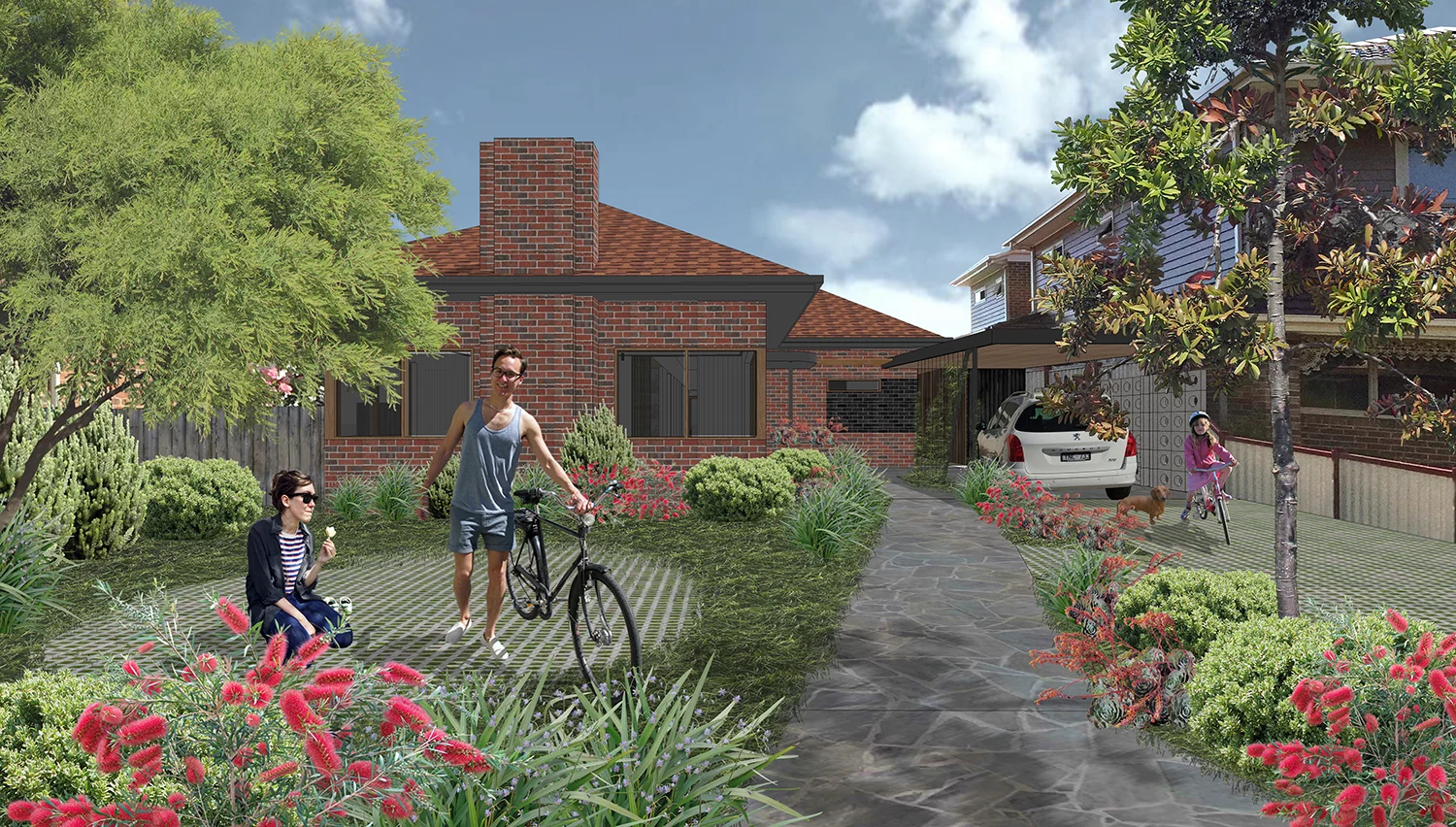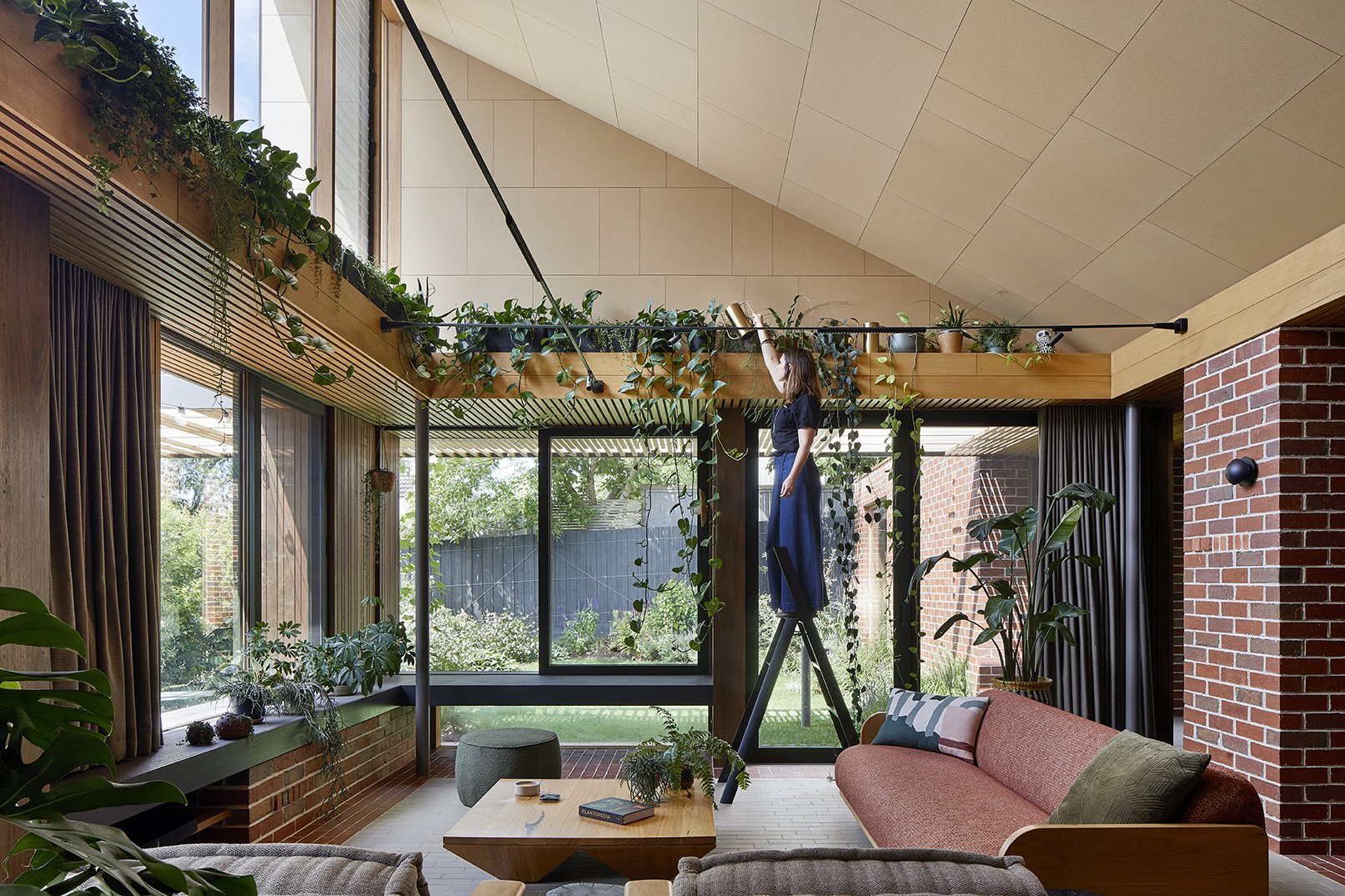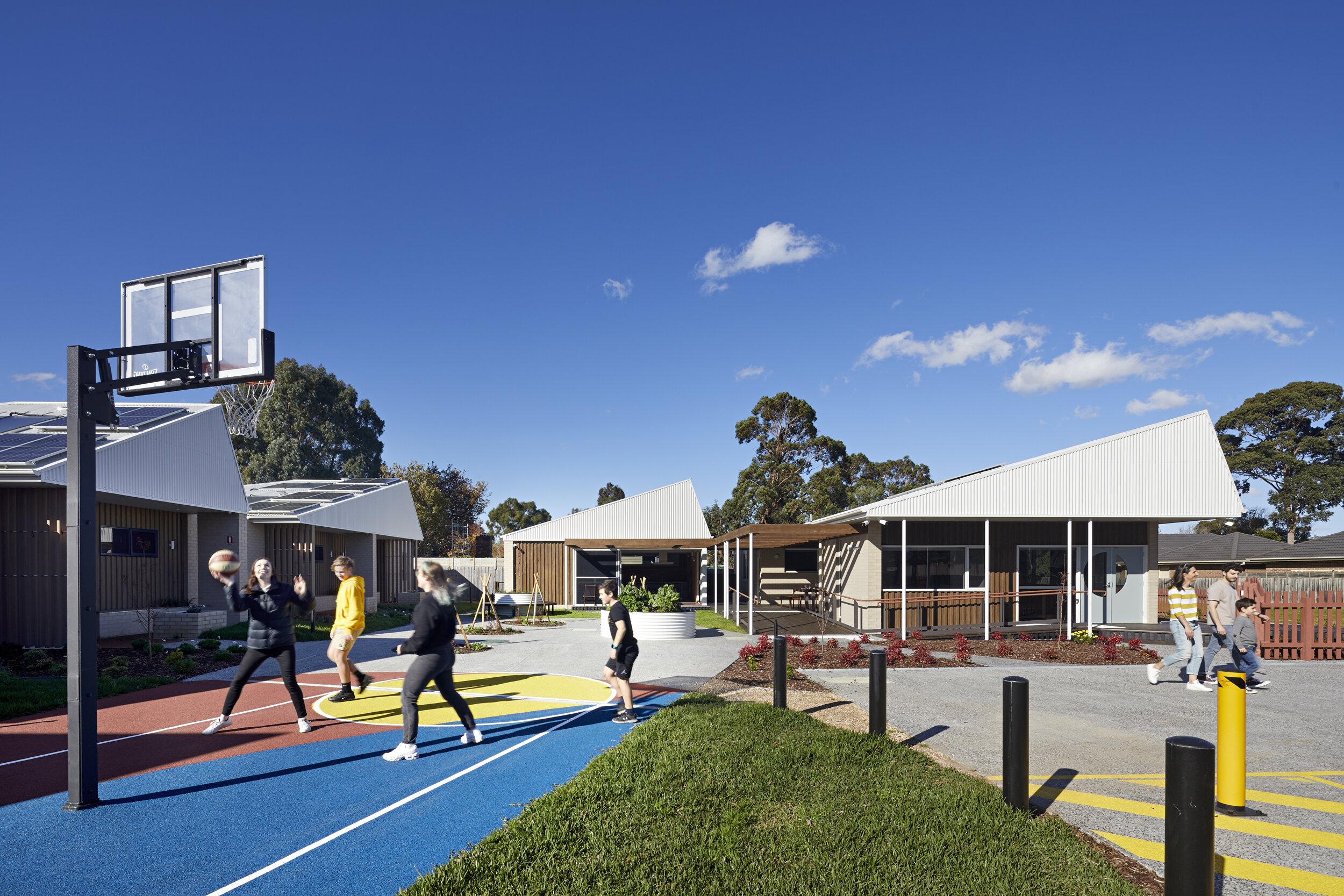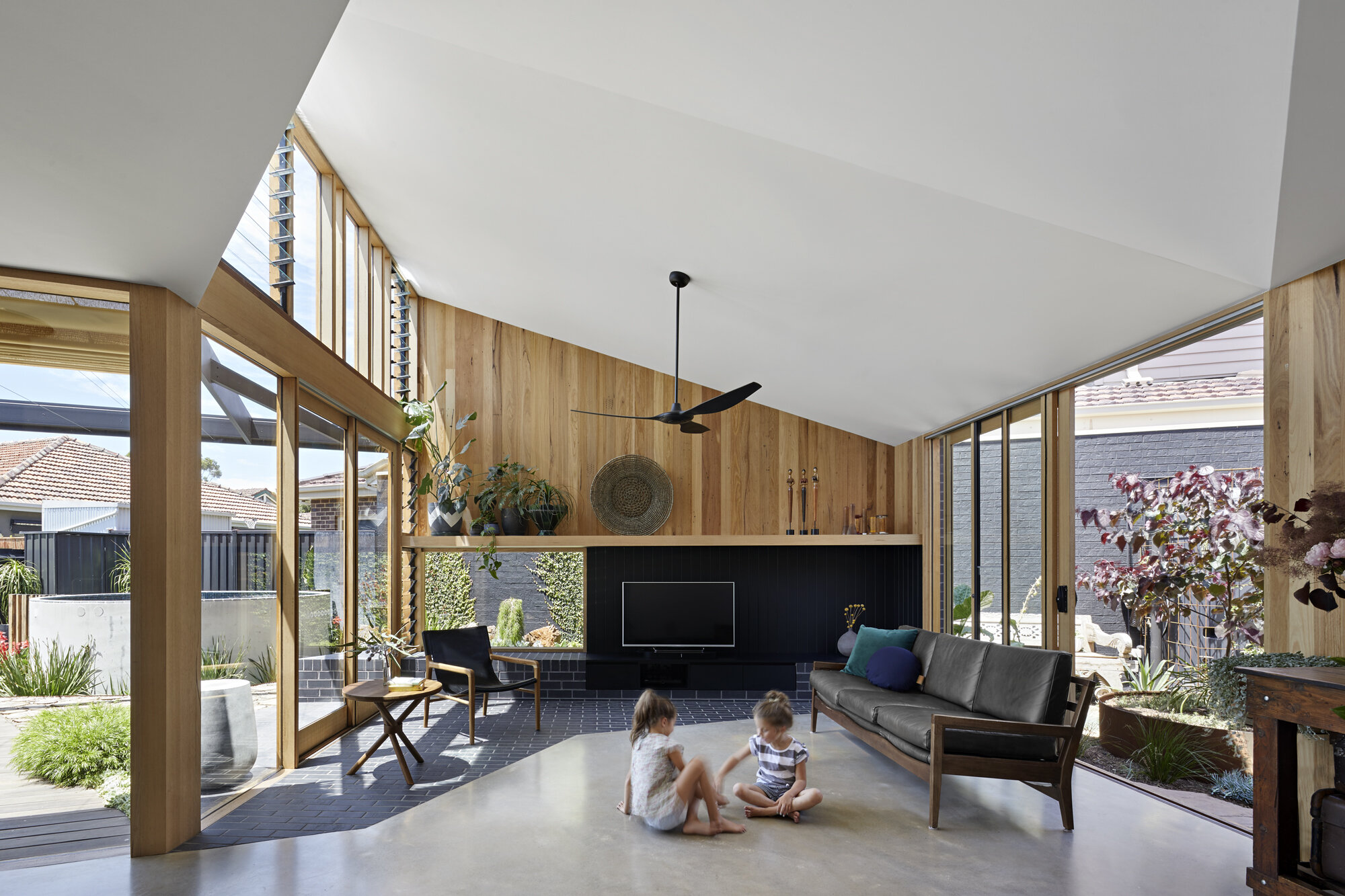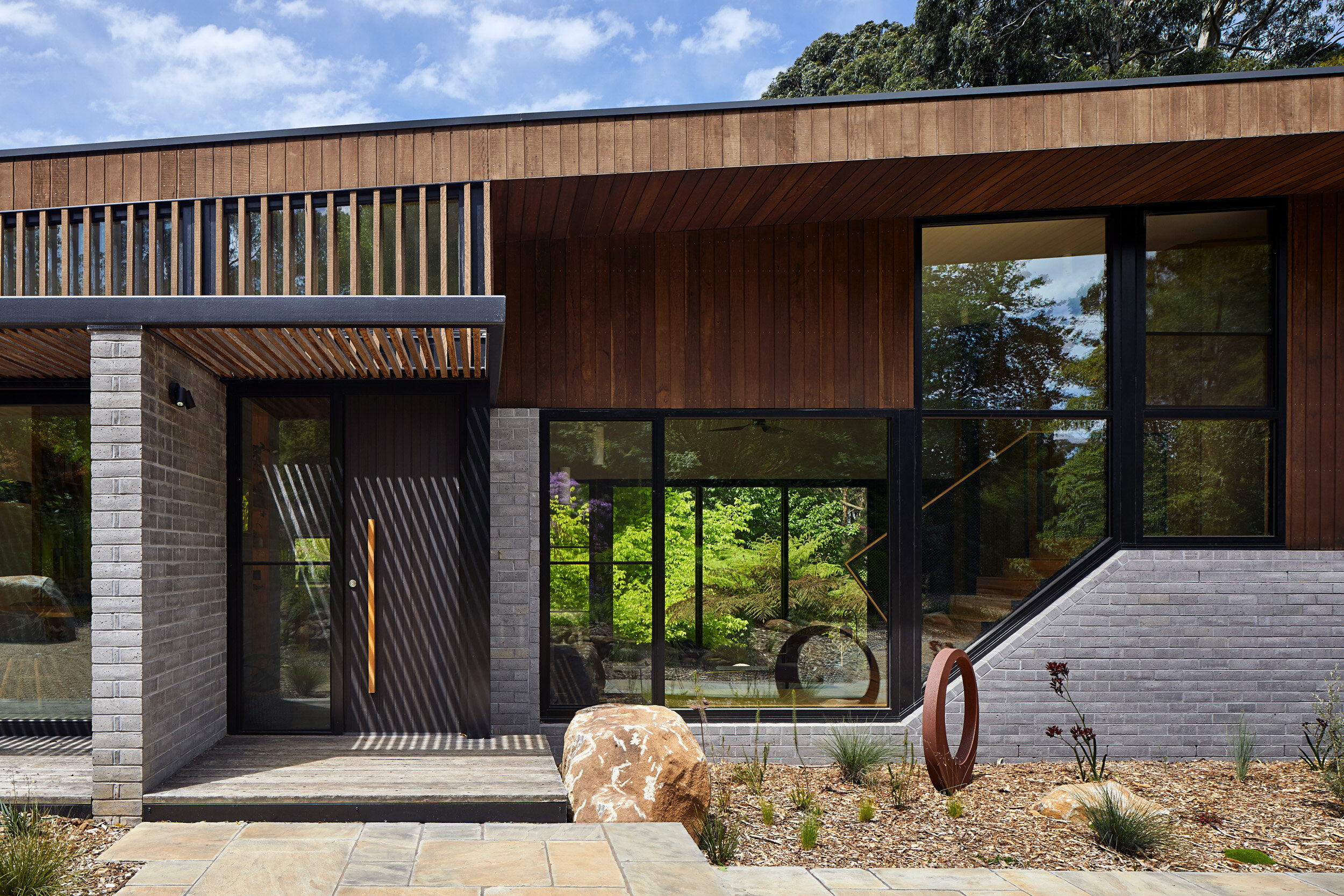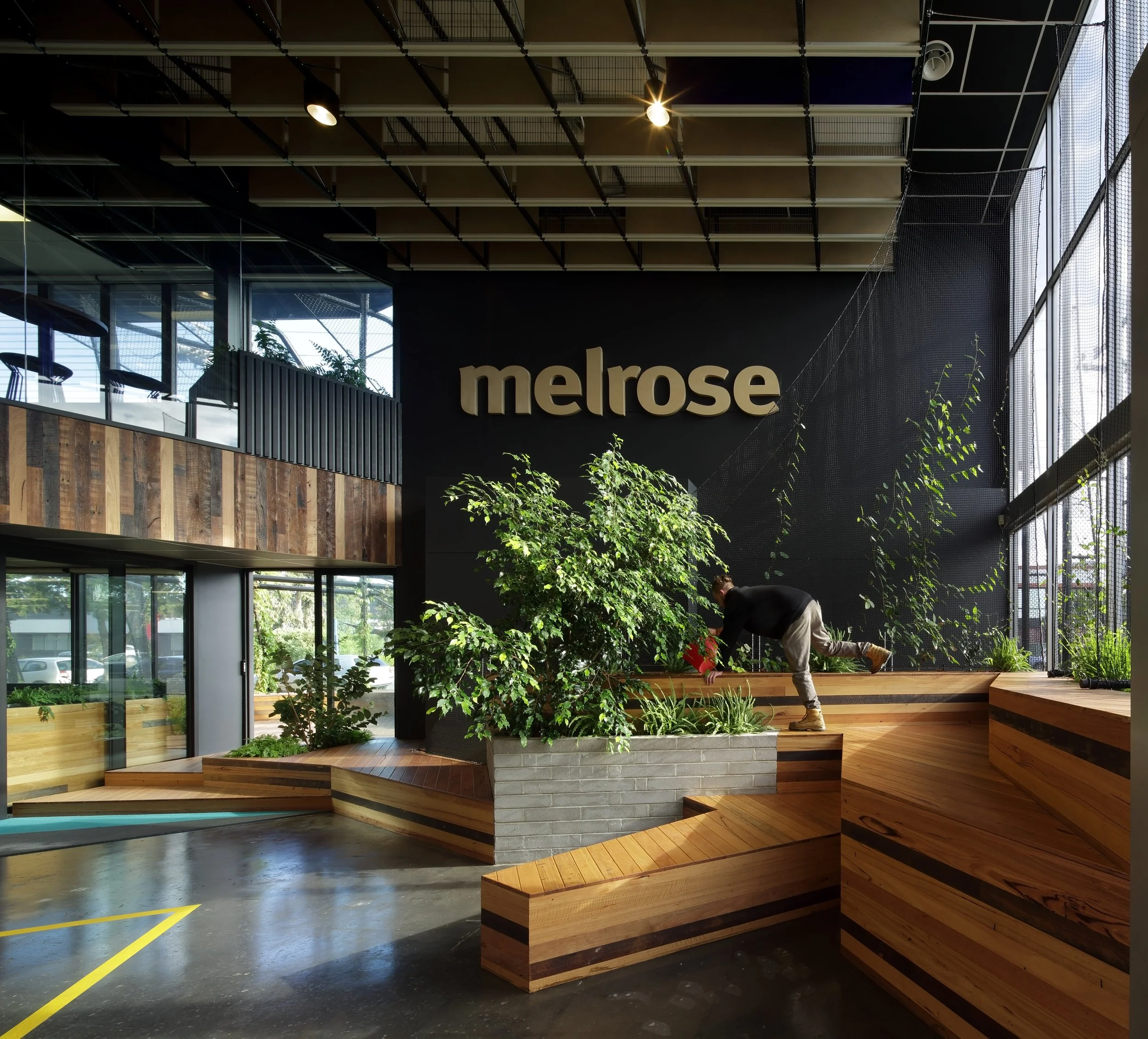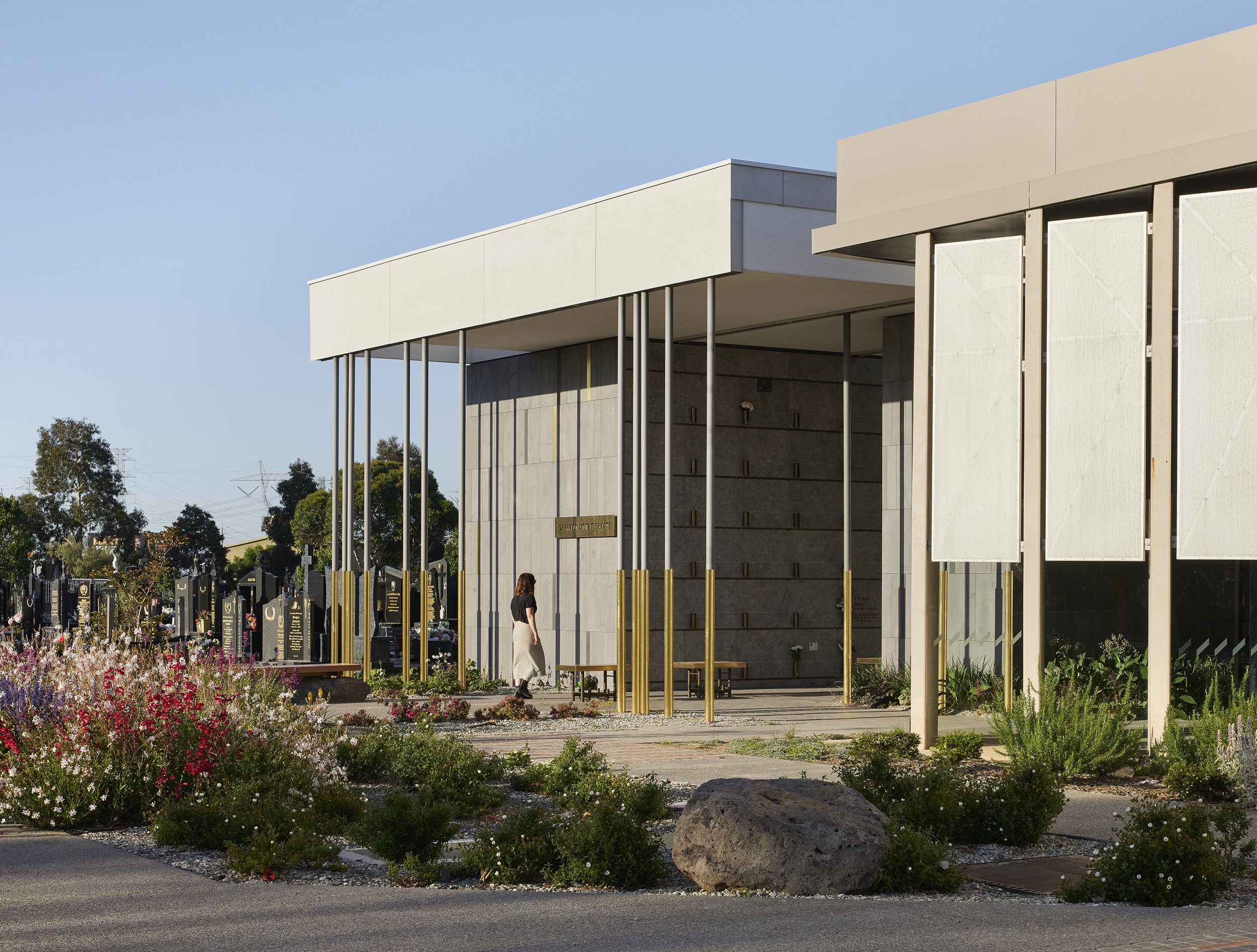It's no secret we're big fans of hydronic heating here at BENT. We incorporate it in many of our projects because it's an efficient way to heat and our clients love it. But why are we so keen on hydronic? Here are just three reasons:
Hear that? Nope.
Unlike other forms of heating, hydronic is silent. While the furnace might make some noise as it fires up, this can be kept out of the way. No need to turn up the TV when you turn on the ducted heating and no noisy compressor keeping the neighbours awake. Silence is one of those things you don't appreciate until you experience it. Combined with double glazing, your home will become a little bubble of peace. Put the remote control away, you won't need it with hydronic heating.
Tucked neatly under the desk, the hydronic panel heater at Thornbury House keeps your toes toasty without blowing papers around the study.
It's built for our physiology
Think back to high school science: what are three ways heat can be transferred? Convection, conduction and radiation, right? The way air-conditioning or ducted gas heating systems work is known as forced convection. It heats up the air and then blows it into the room. As you'll know if you've ever stood on top of a heating duct, the air coming out of the duct is very warm, but move too far away and it's another story.
Forced convection creates a large temperature gradient, which means the temperature can vary significantly in different parts of the room. That temperature gradient is uncomfortable for humans and makes it more difficult to achieve a comfortable temperature. Meanwhile, the radiant heat of hydronic heating mimics the sun and heats up objects (including people), not the air. This creates a smaller temperature gradient and means more comfort for you.
You might not notice it, but that’s a good thing. At Kew House the hydronic heating is concealed in a trench running along the window and a timber grille matching the floor makes it virtually invisible. Placing the hydronic heating under a window helps to heat cool air descending from the window which creates a thermal buffer to reduce heat loss.
Breathe easy: no more sneezes and sniffles
Hydronic heating is also hypoallergenic. Horrifyingly, it's common for ducts and air-conditioning filters to be filled with dust, mould and other allergens like pollen. Every time you turn the heating on it blows these nasties all around your home. In contrast, the radiant heat of hydronic heating requires no blowing, so it's allergen free. If you suffer from allergies or even asthma, hydronic is the way to breathe easy.
Concrete floors don’t have to be cold in winter. With hydronic slab heating, like at BENT Annexe, the floor is warm underfoot all winter.
Bonus: You can bury it in your slab
Hydronic heating embedded in your slab is a double bonus, it means there are no panels to be seen for a seamless finish, but it also uses the thermal mass of the concrete for efficiency. There's really nothing better than waking up on a cold winters morning to a warm floor. Or laying a blanket on the floor to watch a movie, the ground feeling like a big warm cuddle. The whole floor also acts as a giant drying room, simply lay your washing on the floor and it'll be dry by morning.
You really can't beat hydronic heating for efficiency, comfort and performance. If you're building or renovating, you should definitely consider incorporating hydronic heating.







